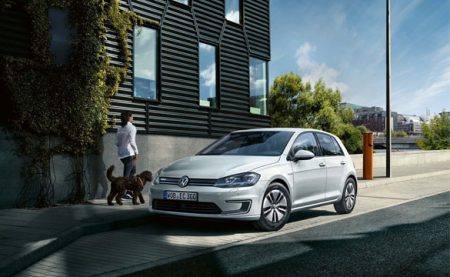It is fair to say that the regular Volkswagen Golf is one of the best all-round buys – competitively priced when new and holding its value well. Does ditching an internal combustion engine make it a better day-to-day bet than a bespoke electric car?
Our car: Volkswagen e-Golf List price when new: £32,730 (excluding PICG grant) Price as tested: £35,490 (excluding PICG grant) Official fuel economy: n/a
November 13, 2018
Average consumption: 4.3 miles/kWh
This week, I thought I’d highlight two aspects of the e-Golf that have particularly caught my attention – one electrical, one mechanical.
The electrical has – perhaps surprisingly, for an electric vehicle – nothing to do with the e-Golf’s powertrain. No, what I’ve been particularly struck by, as the clocks have gone back and the nights have closed in, is the lighting system.

All e-Golfs, unlike regular Golfs, have LED headlights and C-shaped daytime running lights (DRLs) – and they’re very bright. LED lights are becoming increasingly commonplace on modern cars, filtering down model ranges and from premium marques to be found on mainstream cars.
Their greater brightness (compared with xenon lights) is a valuable safety feature, allowing a car to be seen from a greater distance and enabling the driver to see further ahead. In addition, they use less power than xenon lights, so are more efficient – an advantage for all cars, but a definite boon to an EV, where you want as much of the electrical energy as possible assigned to powering the car.
It’s noticeable how much brighter the e-Golf’s LED lights compared with those of oncoming cars and, allied to the DRLs, they improve the face of the car.
Read more: Telegraph
